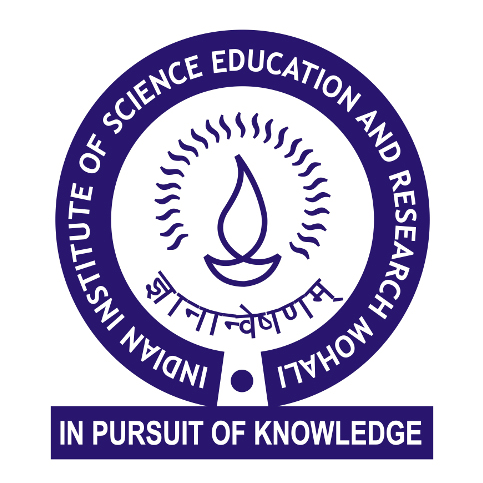Events Calendar
How Do Cells Sense, Communicate, and Respond: Lessons from Neutrophil Nucleus
Friday 21 November 2025, 11:00am
Dr. Subhash Arya, Research Investigator, Life Sciences Institute, University of Michigan, Ann Arbor, USA
Location : AB2-5A, Academic Block-2
Abstract: Neutrophils are among the first immune cells to arrive at sites of injury or infection. While their rapid recruitment is essential for host defense, excessive neutrophil infiltration can worsen tissue damage. However, how neutrophils collectively decide when to amplify inflammation and when to resolve it has remained poorly understood. My collaborators and I discovered that the lipid mediator leukotriene B4 (LTB 4 ) plays essential roles in mediating neutrophil communication across tissues. We found that rather than diffusing freely, LTB 4 is packaged in exosomes that originate from nuclear envelope-derived multivesicular bodies (NE-MVBs). This pathway is distinct from conventional exosome biogenesis and is regulated by nuclear deformations during migration through confined spaces. Using high-resolution imaging, I also found that this nuclear envelope-derived pathway mediates the rapid, repetitive, non-lytic release of nuclear DNA from chemotaxing neutrophils – contrasting with the large-scale, lytic chromatin release seen during NETosis. In actively migrating neutrophils, decondensed chromatin is loaded into NE-MVBs and co-released with LTB 4 -containing exosomes, creating localized, transient spikes in LTB 4 that trigger reverse neutrophil migration and initiate inflammation resolution. Overall, our work establishes the neutrophil nucleus as an emerging communication hub, enabling neutrophils to sense their environment, coordinate collective behavior, and switch between inflammatory escalation and resolution programs.
Brief Bio of the speaker: Dr. Subhash Arya did his Ph.D. at the CSIR-Institute of Microbial Technology (IMTech), Chandigarh, India, investigating the role of Arf-like GTPases in membrane trafficking and host–pathogen interactions. He did his postdoctoral training at the University of Michigan, Ann Arbor, focusing on neutrophil communication using high-resolution imaging, mechanobiology, and in vivo inflammation models. His work revealed novel mechanisms by which neutrophils release nuclear-derived DNA and lipid mediators to coordinate collective migration and switch between inflammatory escalation and resolution. His work has been recognized with the American Heart Association Postdoctoral Fellowship, the American Association of Immunologists Trainee Achievement Award, and the Society of Leukocyte Biology Presidential Scholar Award. His current research interests include how secreted DNA and eicosanoid signaling coordinate cell-cell communication in cancer progression and chronic inflammation, to identify fundamental principles of tissue-level immune regulation.
Brief Bio of the speaker: Dr. Subhash Arya did his Ph.D. at the CSIR-Institute of Microbial Technology (IMTech), Chandigarh, India, investigating the role of Arf-like GTPases in membrane trafficking and host–pathogen interactions. He did his postdoctoral training at the University of Michigan, Ann Arbor, focusing on neutrophil communication using high-resolution imaging, mechanobiology, and in vivo inflammation models. His work revealed novel mechanisms by which neutrophils release nuclear-derived DNA and lipid mediators to coordinate collective migration and switch between inflammatory escalation and resolution. His work has been recognized with the American Heart Association Postdoctoral Fellowship, the American Association of Immunologists Trainee Achievement Award, and the Society of Leukocyte Biology Presidential Scholar Award. His current research interests include how secreted DNA and eicosanoid signaling coordinate cell-cell communication in cancer progression and chronic inflammation, to identify fundamental principles of tissue-level immune regulation.
website policy
Connect with us
IISER Mohali, Knowledge city, Sector 81, SAS Nagar, Manauli PO 140306
Telefax : 2240266, 2240124
-
+91 - 172 - 2240266
- +91 - 172 - 2240266


